
A Key West Merry Christmas, and a ‘You Matter’ Message
On the darkest day of the year, does anyone else have a case of the grims? The dictionary defines the word grim as unpleasant, depressing, and difficult to accept.
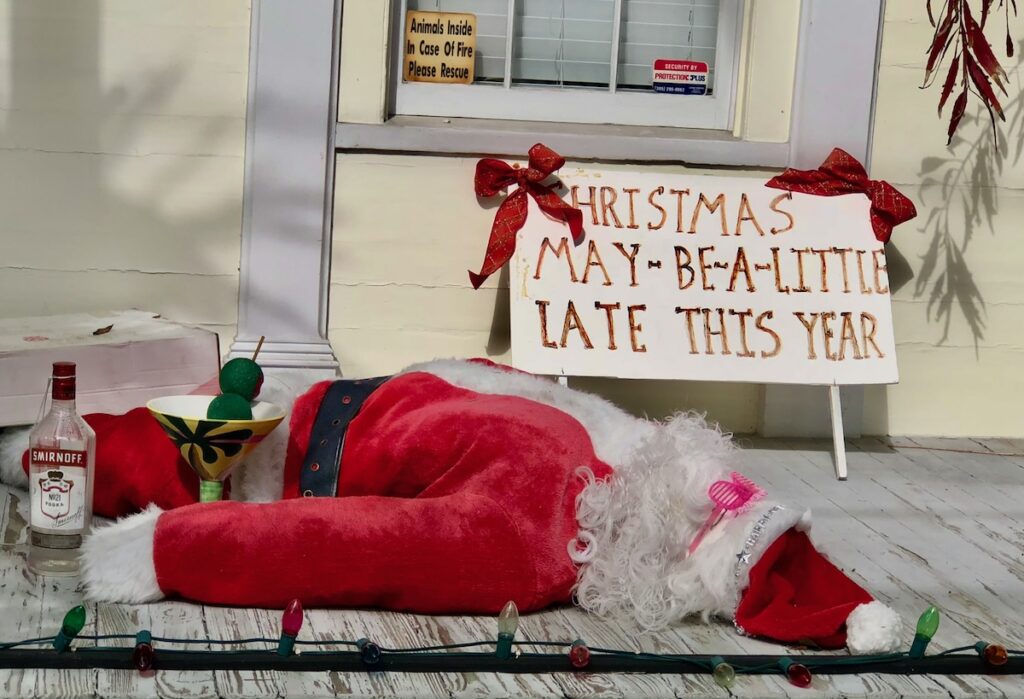
Grim means you grit your teeth. Grim means you’re going to hate this. Grim means you can’t do anything about it. I suspect that ½ of Americans feel rather grim since November 5th, and the fact that the other half of America doesn’t seem much bothered by the grims makes it even grimmer for the rest of us.


I checked with the grammar gods to see if I should use more grim or grimmer in that last sentence, and it turns out both work. I like the word grimmer better since it reminds me of dimmer. Right now things seem dimmer, and I identify more with the failing lights on our Christmas tree than with the joyful holiday lights festooned high up in the palm trees in Key West, where we are now.
The tree set I ordered for the vacation rental apartment included everything – tree, lights, ornaments – but after just a few days it dimmed as its tiny vampire-like lights sucked the batteries dry. (So what did we expect for $22?)

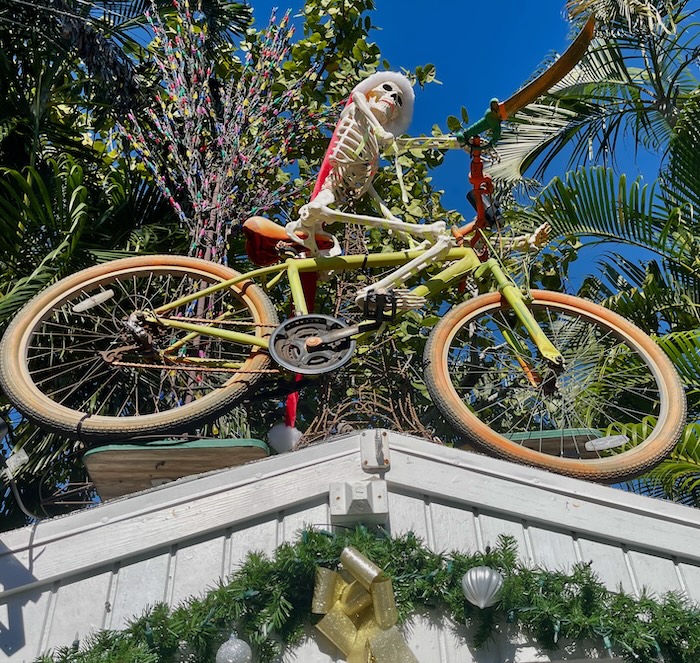
In December, Key West does not look grim or dim. Key Westers have transformed October’s leftover Fantasy Fest skeletons into sparkly dead Santas, and the place turns into a winter wonderland complete with snow, which we blow out of machines. Revelers drape twinkly lights on any stationary object, as well as pin them to moving objects: Bikes, dogs, humans, flamingos, chickens.



Ok, maybe not the chickens. I haven’t spotted a lit-up squawker yet, but I wouldn’t put it past the joyful decorator people. They only need one cooperative chicken. I mean anything is possible here in any-excuse-for-a-party Key West chicken land.


So I’ve been hunting for antidotes for the grims, and the best one I found was in a talk I gave a couple years ago that more than a few listeners told me gave them hope. In this talk, I spoke about a longtime Key West resident who modeled behaviors for the rest of us to emulate, in terms of how to be kind, and how to keep going no matter how hopeless – how grim – things seem.
Here’s the same talk in blog form, and it’s a piece that celebrates the joyful, light-filled and love-filled Key West we’ve come to know. (It also celebrates math, but don’t let that scare you away.) While powerful forces such as horrendous insurance rates, hurricanes, sparse health care, and real estate cash chip away at what once was, the Key West we love is still here, and we’re still here, on the darkest day of the year. And here’s why.
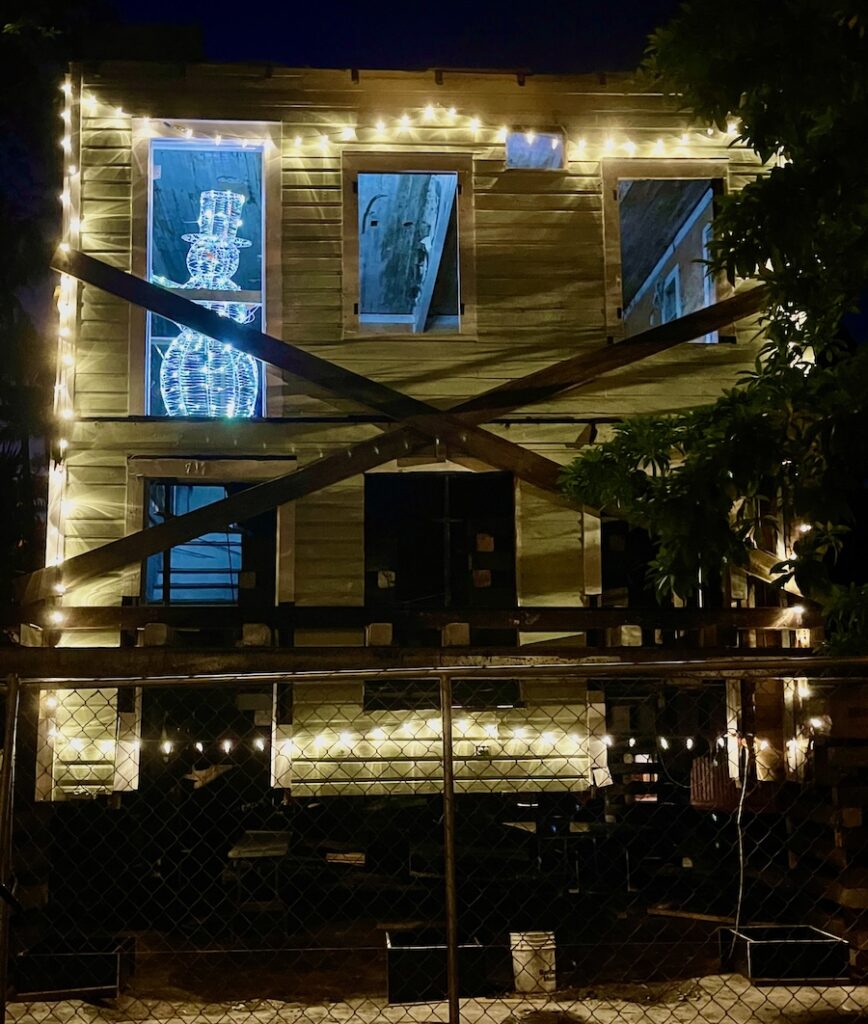
So here we go. Stop reading for a moment right now, and think of ONE person, living or dead, you remember who made a positive difference in your life, by their kindness, their thoughtfulness. Choose someone who never knew they made a difference for you, and keep this person in mind. We’ll come back to them later.
Meanwhile, let’s talk about math.
So…..when you read the word ‘math’ did you cringe? Did you startle? If not, yay math geek, but many people back away when they hear the word ‘math’. Something painful and dark there, I suspect. I witnessed this frequently as a director of multi-district math projects.

Yet please don’t feel shame about any math failures in your past; trust me, you are not alone. Many people start to lose it around fourth grade, with fractions, then the numbers move backwards with all that integer weirdness, and then people shut down when they hear the word ‘math’ forevermore.
And that’s unfortunate, since all that math work transformed me into a math evangelist. Math is as marvelous as literature, my first academic love. Like literature, math is simply another language we use to explain the world, as a brilliant math friend told me once. My friend is right. I mean, even Jesus, our Christmas guy, used math to explain our world. Just listen for the math in this story:

So they sat down in groups of hundreds and fifties. Taking the five loaves and the two fish and looking up to heaven, Jesus gave thanks and broke the loaves. Then he gave them to his disciples to set before the people. He also divided the two fish among them all.
Hear all that math? This is a big deal, because not only is this the only miracle all four gospels describe; all four accounts highlight the math. Line up the crowd in groups – arrays! Divide, then distribute the food to the groups – the distributive property!
You remember arrays and the distributive property, right? Ok maybe not, but I bet you remember how multiplication can make more? Way more, especially when we have exponential increases. Remember when we went from 40 cases of Covid to 40,000 cases, seemingly overnight? That’s math for you. Explosive stuff.

So what’s Jesus showing us here? Well, he shows us how to stretch our food dollars, but he doesn’t explain how the loaves and fishes magically reproduced themselves, leaving the exponential mystery to our imaginations.
And yet…. plain old multiplication is rather magical, too, if you think about it. In an instant, repeated multiplication gets us from 2 and 5 to 5000, which was probably more like 10,000 since women, children, and servants weren’t included in the counting back then. But just like that, a little boy’s lunch fed the massive crowd. Imagine! Truly a miracle.
Or maybe not so much of a miracle, if you equate loaves and fishes with behaviors that ‘feed’ or help people, such as kindness, compassion, and caring. Behaviors that help us stay alive sometimes, just as much as real food does.
Can kind behaviors go viral, in a multiplicative way? Of course they can. One easy example: Have you ever donated to a GoFundMe campaign? I read recently about three high school students who noticed that their 80-year-old retired custodian, Mr. James, was back mopping floors and cleaning toilets. Why? Couldn’t pay his high rent anymore. So these Texas kids set out to raise $10,000 for him. Last I checked, their fund topped $260,000. When kindness catches on it multiplies, and Jesus may have highlighted the numbers to show us how far our good deeds go, even if we can’t see it in the moment.

So how many examples can you think of, where just one person changed the world through their kindness, their thoughtfulness, their search for social justice, their love? Ok sure, but what if you’re not Gandhi, Martin Luther King, Nelson Mandela, Mother Theresa? What if you’re just a normal person, with a seemingly small reach?
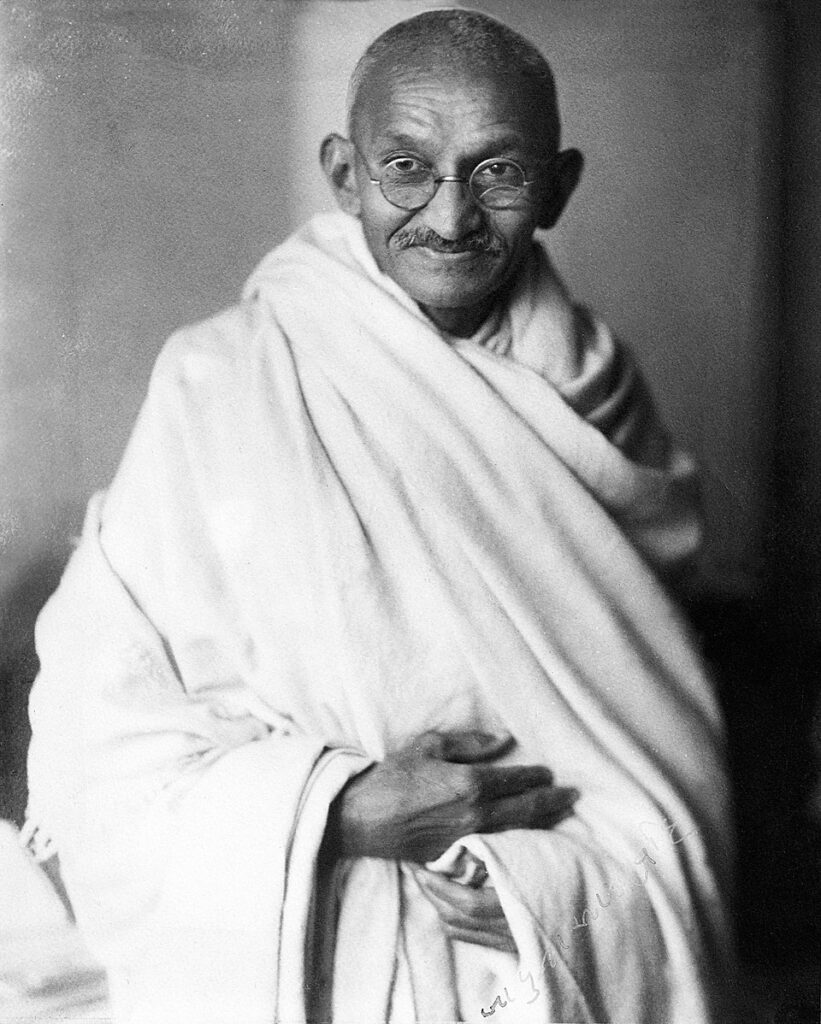
Well, what if? Think about that person who made a positive difference in your life. Probably not one of those Big Names; more likely it’s someone closer, more personal, like my person was – just a normal person. What did they do? Why have you remembered them? If you could, what would you thank them for?
This is my person: I don’t know her name. She was a student teacher who taught a one-day lesson on the 5 W’s when I was a high school sophomore. During her lesson, she highlighted my writing and made a point of encouraging me personally. She told this insecure high school girl to think about a journalism major in college. This student teacher made a huge difference, although she never knew it. That’s it. That’s all she did. I never saw her again, but a light bulb went off in my blonde head that day and a lifetime of career and life choices followed.
So while we might never see the impact of our helpful efforts, all we have to do is look around to see goodness multiplying, even in today’s dark world. Another example: I have a close friend who always reaches out to strangers, chats them up, includes them, here in tourist-clogged Key West. Here, it’s easy sometimes to think, Gad, MORE tourists jammin’ the roads, wobbling down the bike lanes. Curses, tourists! But not my friend, oh no. She’s kind, every time. And those tourists go back home and spread the word about Key West’s friendliness, and even more tourists head on down.

Here in Key West we have a reputation for being welcoming, but our One Human Family official town motto didn’t just show up by accident, and Key West has not always been so welcoming. Just ask the ghosts of Tennessee Williams, beaten bloody in a dark alley for his sexual orientation, or Manuel Cabeza, tarred and feathered in 1921 for living with a black woman, then strung up from a palm tree on the East Martello Tower grounds out by the airport.
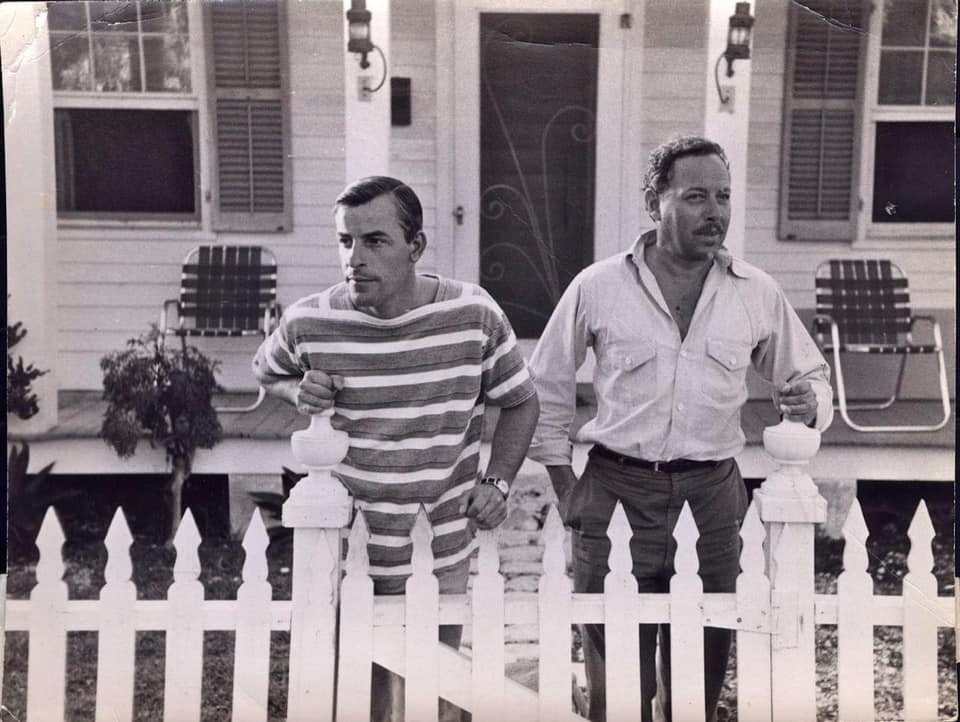

How did Key West go from assaulting Tennessee Williams to embracing One Human Family, one might ask? It happened one decent act at a time. Brave individuals stood up for the stranger. People fought to welcome the stranger, so we must not think that ‘welcoming’ means weak. Often the welcomers are the opposite of weak. They are those annoying INSISTERS, the ones who always, always insist that acceptance, tolerance, and kindness will be the norms here. They fight back against dark forces bent on exclusion. Because of our insisters’ insistence, the insisting gets spread around. It multiplies. Until before you know it, everyone INSISTS.
Here’s an old Key West news article I found on the google machine, as Padre calls it, that illustrates one of the ways all this ‘insisting’ started out.
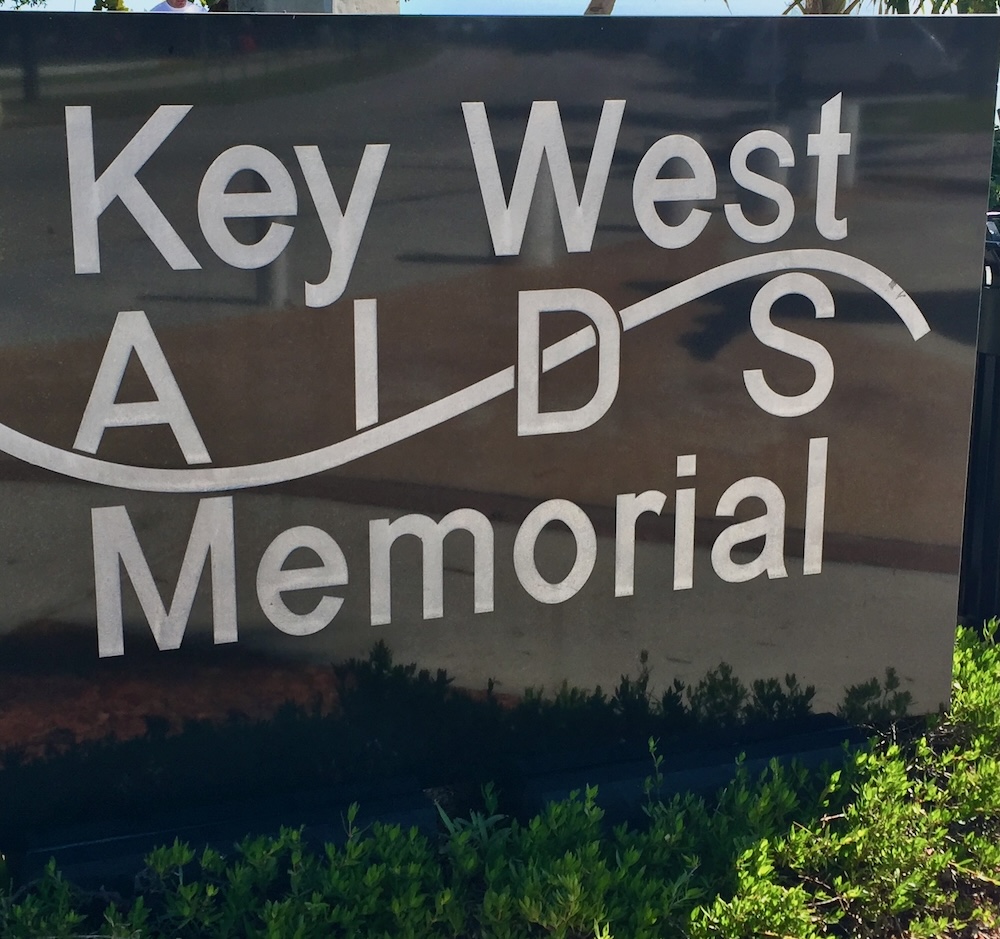
Sept. 3, 1990 NYT The pastor of The Metropolitan Community Church… said he had tended at least 300 people who died of AIDS, some of them outside Key West. Such suffering, he says, has only deepened his Christian faith. ”In the midst of all this destruction of human lives,” Mr. Torrence said, ”I still see God in the healing business – healing relationships, healing families.”

That was 34 years ago, at a time when many Americans shunned AIDS patients and parents abandoned their own children, leaving them to die alone. Many of the abandoned came to Key West to die, where they found community-wide acceptance and care. The Key West AIDS Memorial includes the names of over 1300 individuals who died here, and it is a testament to Key West’s compassion, a compassion that multiplied throughout the citizenry of this little town, because a few individuals like Steve chose kindness instead of rejection, love instead of fear.

And there are many more stories. I love this one about Key West’s 1995 Christmas parade. We adore that parade, by the way. A few years ago, Padre and I naively volunteered to pass out beads and candy from our church golf cart/float, thinking it was some small event, a few blocks maybe. Ohhhhh no! We were exhausted, blistered, dragging by the end – whoa it’s a gigantic parade. Thousands of people lining the streets. Key Westers love their parades. Anyway, I learned that back in 1995, our church’s application to march in the parade was rejected. Rejected? Why?
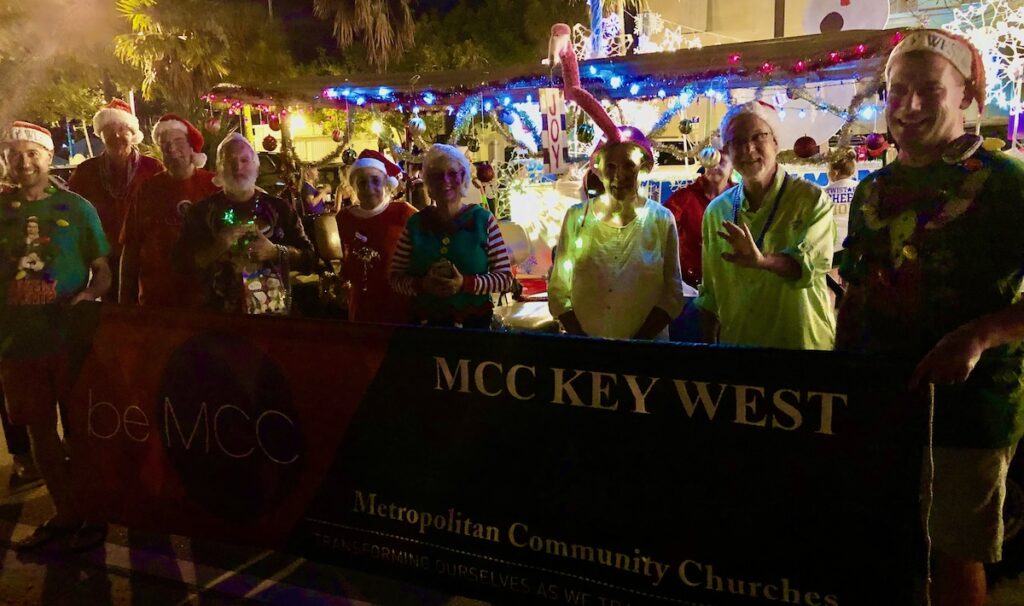
Here’s what the google machine said:
Dec 2, 1995: Parade Bars Gay Church “Trouble for the parade began when the nondenominational Metropolitan Community Church, which had never before marched, asked to do so in this year’s parade, scheduled for Dec. 2. “I thought it was time for us to be in this community parade,” said the Rev. Steven Torrence, pastor of the 120-member congregation. “We had a wonderful float.”
Because a handful of people back in 1995 stood up to INSIST on inclusion, inclusion became popular. Inclusion multiplied. Since 1996, the MCC church golfcart/float rolls down Truman and Duval with everyone else. Today, check out scenes from the Christmas parade, below. It is one of the most joyous, glorious celebrations of an inclusive Key West. May it ever be. Thank God for the insisters.




I have another ‘Steve’ story from the google machine, that illustrates how our far-reaching actions can be small, subtle things sometimes – nothing earth-shaking. This story is from April 2003, when a hijacked plane landed on Key West’s airport tarmac, and Steve served as Key West Police Department’s public information officer.

Here’s a snippet from the CNN transcript:
CNN April, 2003
Let’s go now to the telephones. We’re joined by Steve Torrence, who is with the Key West Police. Mr. Torrence, I believe that this plane has actually been on the ground there for about an hour or so now?
OFC. STEVE TORRANCE, KEY WEST, FLORIDA POLICE: Almost an hour now, yes.
HARRIS: What’s going on right now?
TORRANCE: Right now the plane has been completely cleared of all 32 passengers and one suspected hijacker. There are three children, and it’s being double and triple checked for any kind of explosive devices.
HARRIS: Do you know whether or not this person made any statements as to — as to why he was doing what he was doing?
TORRANCE: No, I don’t, but when he got off the airplane, he had a little boy, probably looked like maybe 4 or 5 years old, in his arms.
HARRIS: Is there any indication about a relationship between him and this boy? Was this boy a hostage?
TORRANCE: I — I — I don’t believe it was a hostage. It looked like it was a family member.
HARRIS: I’m sorry. Back up. I’m sorry. You say you do not believe that the boy he was holding was a hostage?
TORRANCE: No. It looked like they were family. When he let the little boy down on the tarmac, the little boy grabbed his leg and it was — it looked from my vantage point that it was, you know, family or some kind of relationship.”

So, what do we have here? The CNN news person sniffs around for scary things – hostages! Explosives! Fear sells, of course. Did you hear what our kind person did here, though? He chose to highlight the humanity of this poor man. The man’s pantleg being tugged on by his own child. Such a subtle, telling detail.
Just think how that detail might have impacted our CNN viewers. When we start thinking, “He’s a dad! He’s got his children with him! His own children!”- we can’t help but feel empathy. That tiny detail turned a monster-like menace into a desperate human being, just like that.
And our kind person may have influenced thousands, millions of people to think about this man’s story with compassion, rather than judgment and scorn, if only for a few moments. Such an easy way to show kindness toward strangers – to simply acknowledge their humanity.

So what do these examples add up to? I’m talking math here, so there must be answers, right? Well, I think the final answer is pretty simple, and it’s just this:
We can BE LIKE STEVE. We can trust that our kind actions will multiply and spread, even if we can’t see it. Just be like the Steves of the world. That’s all. That’s it. Be the light in a dark world, and shine that light for all to see, no matter how dark it gets. We could do no better, in the years we have left, than to be like Steve, who shows us how to live out our lives, one compassionate choice at a time. In this world that seems to grow darker every day, what could be better than leaving a legacy of kindness and compassion, of justice and truth?

We can always, at any moment, choose to live in ways that share light and hope with one other life, ten other lives, one hundred other lives, a thousand other lives, a million other lives.
It’s just math, after all.
And it’s a miracle.
______________
Thanks so much for following along, everyone.
I won’t let the grims stop me from finally writing up the rest of the Scotland/Norway/London trip, either, because I’ve got to explain why Queen Elizabeth showed up with us in our Christmas pic, right?
Faith, hope and love to all – Padre and the Blonde




